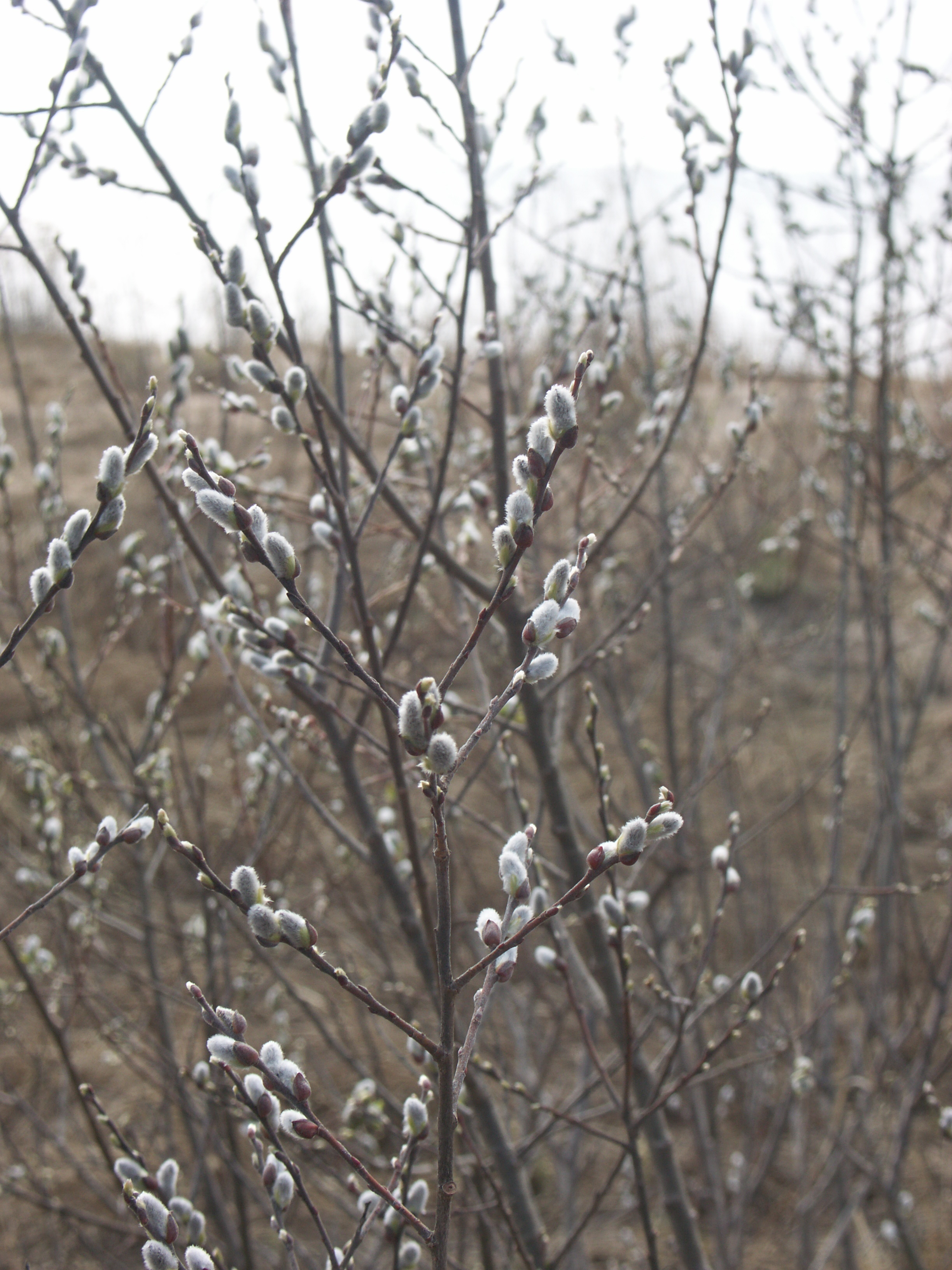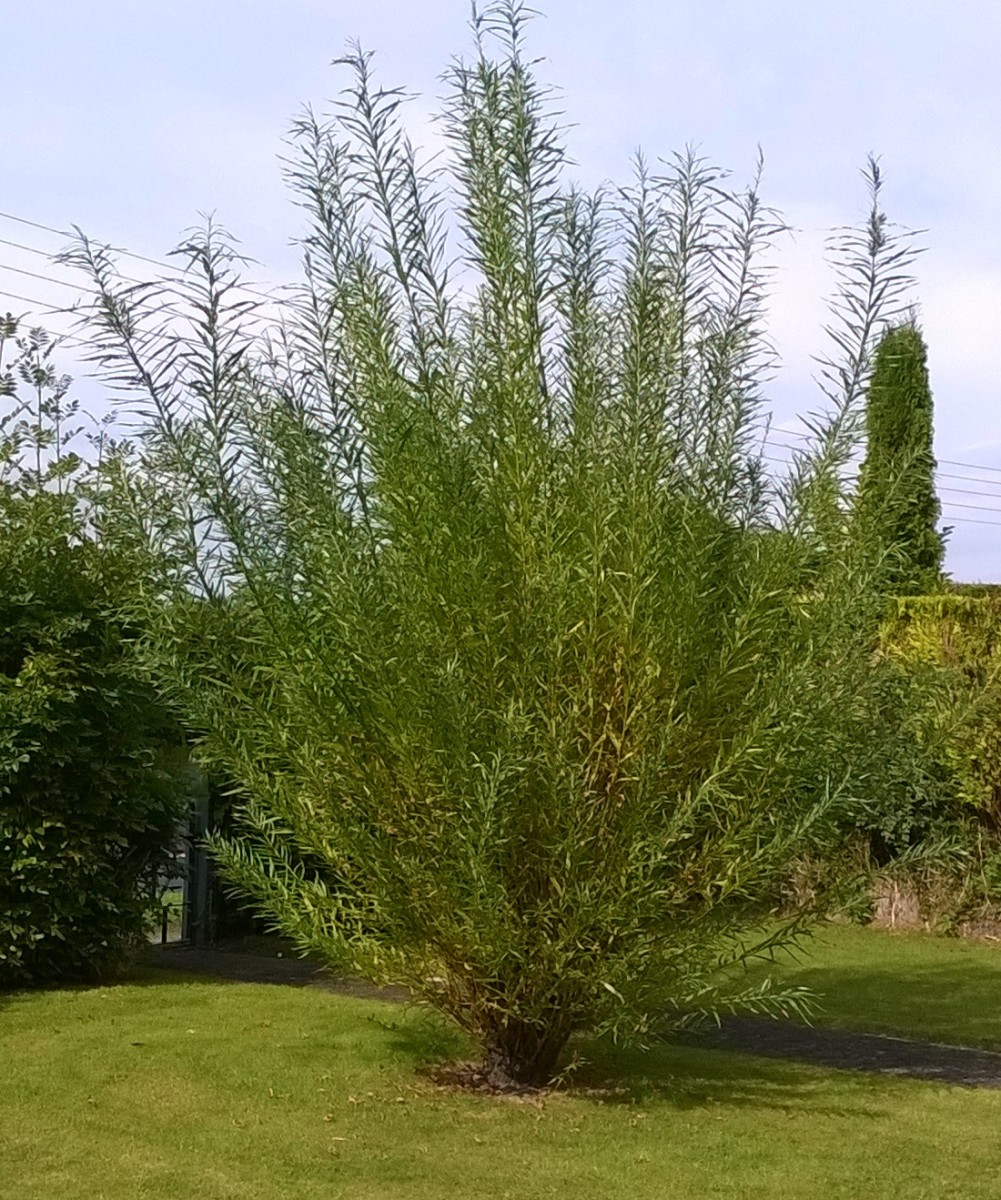Natural Environments that Foster Growth
Pussy willows are versatile plants that thrive in a variety of natural environments, making them a popular choice for landscaping and floral arrangements. Their adaptability to different environments is one of their most unique characteristics, allowing them to flourish in wetlands, along riverbanks, and near lake shores. But where do pussy willows grow, and what makes these environments so conducive to their growth? The answer lies in the specific conditions required by these plants, including moist, fertile soils and proximity to water sources. By understanding the natural environments that foster pussy willow growth, we can better appreciate these remarkable plants and learn how to cultivate them in our own gardens and landscapes.
Moist Soils and Waterways: Ideal Conditions for Pussy Willows
Pussy willows require specific soil and water conditions to thrive, making certain environments more conducive to their growth. Moist, fertile soils with good drainage are essential for healthy pussy willow development, as they allow the roots to absorb the necessary nutrients and water. Proximity to water sources, such as rivers, lakes, and wetlands, is also crucial, as pussy willows rely on a consistent supply of water to support their growth. In fact, where do pussy willows grow is often determined by the availability of these ideal conditions. Pussy willows can be found growing in areas with full sun to partial shade, where the soil is rich in organic matter and the water table is high. By understanding the specific soil and water requirements of pussy willows, gardeners and landscapers can create optimal conditions for these plants to flourish.
How to Identify Pussy Willow Habitats in the Wild
When searching for pussy willows in their natural habitats, it’s essential to know what to look for. Pussy willows often thrive in areas with specific characteristics, making it easier to identify their habitats. Wetlands, riverbanks, and lake shores are common places where pussy willows grow, as these environments provide the necessary moisture and nutrients for their growth. When exploring these areas, look for signs of pussy willow presence, such as the distinctive grayish-brown branches, slender leaves, and fuzzy catkins. Additionally, pay attention to the soil composition, as pussy willows tend to grow in areas with rich, fertile soils. By recognizing these characteristic features, you can increase your chances of finding pussy willows in their natural habitats. Remember, where do pussy willows grow is often determined by the presence of these ideal conditions, so keep an eye out for areas that meet these criteria.
The Role of Climate and Temperature in Pussy Willow Growth
Pussy willows are adaptable to various climates and temperatures, but they thrive best in specific conditions. The ideal temperature range for pussy willow growth is between 35°F and 75°F (2°C and 24°C), with optimal growth occurring in temperatures between 50°F and 65°F (10°C and 18°C). Pussy willows also require a moderate level of humidity, typically above 50%, to maintain healthy growth. In areas with extreme temperatures, such as very hot or cold climates, pussy willows may struggle to survive. Additionally, areas with low humidity may require additional watering to maintain the necessary moisture levels. Understanding the role of climate and temperature in pussy willow growth is crucial for gardeners and landscapers looking to create optimal conditions for these plants. By recognizing the specific climate and temperature requirements, you can increase the chances of successful growth and answer the question of where do pussy willows grow in your area.
Pussy Willows in North America: Native and Introduced Species
Pussy willows have a rich history in North America, with both native and introduced species playing a significant role in the continent’s ecosystems. The native species, such as Salix discolor and Salix humilis, are found throughout the United States and Canada, thriving in wetlands, riverbanks, and lake shores. These native species have adapted to the local climate and soil conditions, making them well-suited to their environments. Introduced species, such as Salix babylonica and Salix matsudana, were brought to North America for ornamental purposes and have since naturalized in many areas. Understanding the distribution and growth patterns of both native and introduced pussy willow species is essential for appreciating their role in North American ecosystems. By recognizing the specific habitats and conditions where pussy willows grow, conservation efforts can focus on preserving these unique plants and their environments. In North America, where do pussy willows grow is often determined by the presence of wetlands, waterways, and fertile soils, making these areas crucial for pussy willow habitats.
Cultivating Pussy Willows in Your Own Backyard
With the right conditions and care, pussy willows can thrive in a home garden or landscape. To cultivate pussy willows, it’s essential to prepare the soil by adding organic matter and ensuring good drainage. Pussy willows prefer moist, fertile soils, making them ideal for areas with high water tables or near water features. When planting, choose a location with full sun to partial shade and space the plants 3-5 feet apart to allow for proper growth. Regular watering and fertilization are crucial for healthy development, especially during the first year after planting. Pruning is also necessary to maintain the plant’s shape and promote new growth. By understanding the specific needs of pussy willows, gardeners can create an ideal environment for these plants to flourish. Whether you’re looking to add a decorative element to your landscape or create a natural habitat, cultivating pussy willows in your own backyard can be a rewarding experience. By answering the question of where do pussy willows grow, you can create a thriving environment for these unique plants.
Common Challenges and Solutions for Pussy Willow Care
While pussy willows are relatively low-maintenance plants, they can still be susceptible to certain challenges. One common issue is pests, such as aphids, spider mites, and scale, which can be controlled through the use of insecticidal soap or neem oil. Diseases, like root rot and leaf spot, can be prevented by ensuring good air circulation, watering carefully, and removing infected plants. Nutrient deficiencies, particularly a lack of nitrogen, can be addressed by fertilizing regularly. Another challenge is over-pruning, which can lead to weak growth and reduced flowering. To avoid this, prune only what is necessary to maintain the plant’s shape and promote healthy growth. By being aware of these potential issues and taking preventative measures, gardeners can ensure the health and longevity of their pussy willow plants. When growing pussy willows, understanding where do pussy willows grow and the specific conditions they require can help mitigate these common challenges. With proper care and attention, pussy willows can thrive in a variety of environments, from natural habitats to home gardens.
Conservation Efforts and the Future of Pussy Willows
As the popularity of pussy willows continues to grow, it’s essential to consider the importance of conservation efforts for these unique plants and their habitats. Responsible land use and sustainable practices are crucial in preserving the natural environments where pussy willows thrive. By understanding where do pussy willows grow and the specific conditions they require, conservationists can develop targeted strategies to protect and restore habitats. This includes preserving wetlands, riverbanks, and lake shores, as well as promoting sustainable forestry practices. Additionally, education and outreach programs can raise awareness about the importance of pussy willow conservation and encourage individuals to take action. By working together, we can ensure the long-term survival of pussy willows and the ecosystems they inhabit. As we look to the future, it’s clear that conservation efforts will play a critical role in protecting these remarkable plants and the habitats they call home.



:max_bytes(150000):strip_icc()/planting-pussy-willow-trees-for-spring-2130899_05-6a2bfe2fc85941bc9c81ee25f0eafa52.jpg)




/pussy-willow-branch-big-5a4bf75ceb4d520037877265.jpg)